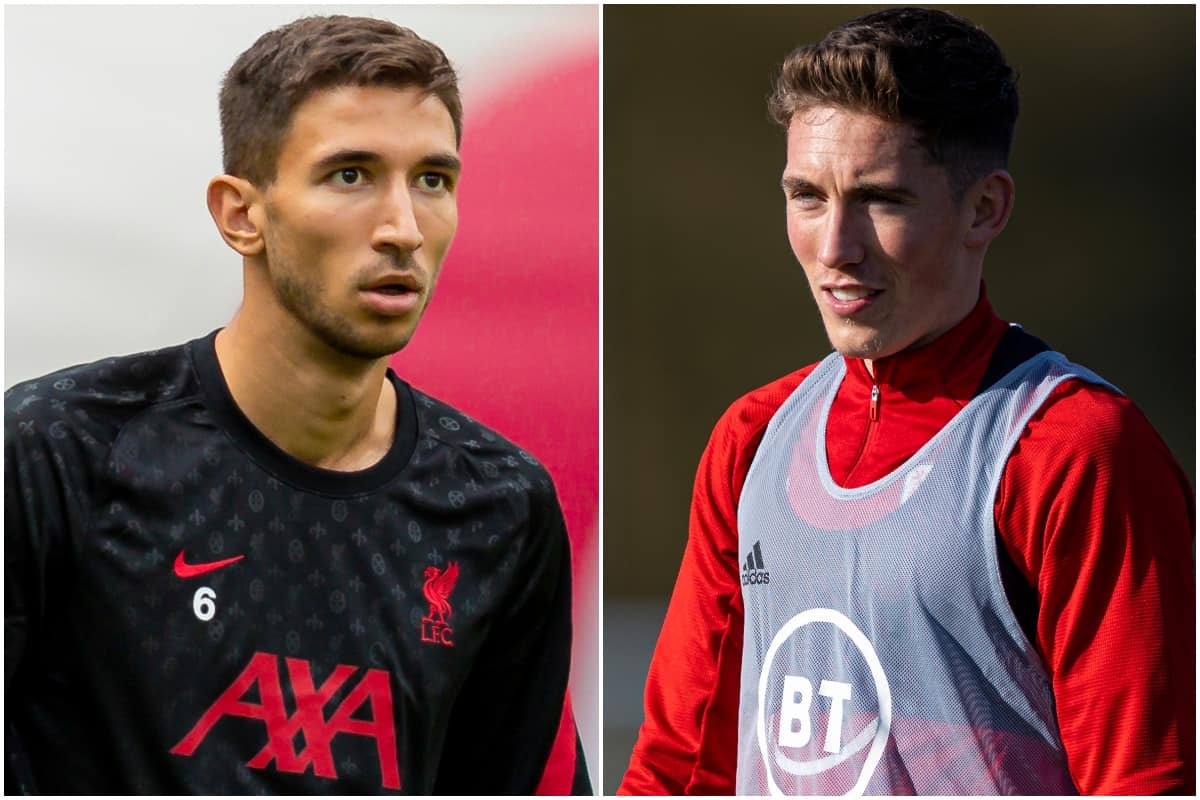
[ad_1]
Another transfer window brings another summer of uncertainty for the likes of Marko Grujic and Harry Wilson, and Liverpool cannot repeat the same mistakes of 2020.
Throughout the reign of Fenway Sports Group at Anfield, the importance of a self-sustaining model has been reiterated.
It may not be popular among supporters, particularly during the transfer window, but Liverpool have and always will operate within their means under their American ownership.
When Jurgen Klopp addressed the prospect of missing out on next season’s Champions League, the manager described the competition as “massive, especially from a financial point of view, for the club.”
This was reflected following their third-place finish with a £58 million boost simply for participating in the group stage in 2021/22.
Five days after the final day of the Premier League campaign, Liverpool committed £36 million of the Champions League money as a lump sum to sign Ibrahima Konate from RB Leipzig.
Konate will not be the Reds’ only new addition, but the message following his arrival is that the club will need to sell to buy once again this summer.
That was the message a year ago, with Liverpool soaking up a massive financial toll due to the COVID-19 pandemic, broadcasting rebates and the loss of matchday revenue, and it remains the same in 2021.
Grujic, Wilson, Divock Origi, Xherdan Shaqiri, Taiwo Awoniyi, Loris Karius, Sheyi Ojo, Ben Woodburn and Liam Millar are all reported to be up for sale, with The Athletic‘s James Pearce claiming that the club hope to raise “in excess of £60 million.”
In theory, that £60 million could be put towards the replacement of Gini Wijnaldum and the signing of another top-class option in attack, to join Mohamed Salah, Sadio Mane, Diogo Jota and Roberto Firmino.
But the missteps of last summer, married with the financial turmoil felt across Europe, suggest it will not be that straightforward.
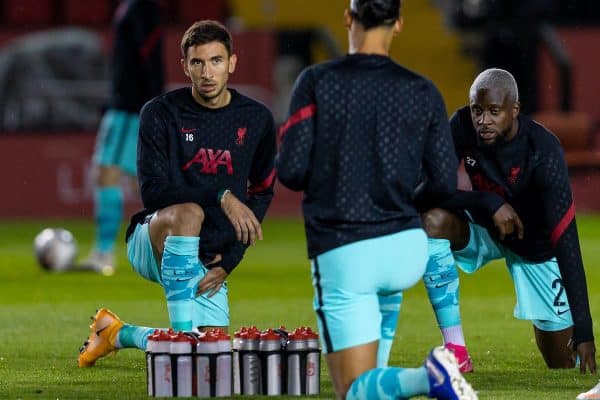
Both Grujic and Wilson were made available before the end of the transfer window in 2020, with Liverpool receiving permanent offers from Borussia Monchengladbach and Burnley respectively.
An impasse in negotiations with Gladbach – with the Reds valuing Grujic at £18 million – led to the Bundesliga club pulling out of a possible deal, while Burnley‘s £12 million bid for Wilson was turned down as it was short of his £15 million price tag.
Michael Edwards, Liverpool’s masterful sporting director, will always drive a hard bargain, but ultimately the club turned down combined fees upwards of £25 million for two players who were then sent out on loan again.
Grujic joined Porto, with no purchase clause factored into the deal, while Wilson was forced to drop down to the Championship with Cardiff, joining Ojo in south Wales.
A year on, the club value both Grujic and Wilson at around £15 million, but another year into their contracts their market value has dropped; the same could be said of Origi, who started only six games last season.
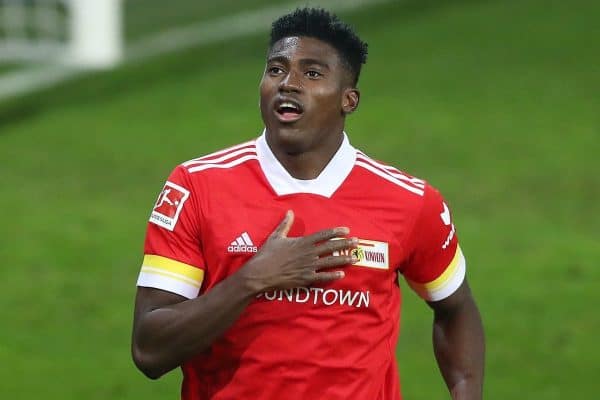
Awoniyi is valued at £8 million, with Fulham, West Brom, Stoke, Union Berlin, Wolfsburg, Stuttgart and Anderlecht all interested, but it is questionable whether that fee could be secured.
Similarly, nominal fees can be expected for Karius, Ojo, Woodburn and Millar, whose stock will not be higher after hit-and-miss loan spells in 2019/20.
With the market having shifted, it is doubtful Liverpool can negotiate the mindblowing sales that helped Edwards earn his reputation, such as those of Mamadou Sakho (£26m), Dom Solanke (£19m), Jordon Ibe (£15m), Danny Ward (£12.5m), Rafa Camacho (£7m) and Brad Smith (£6m) in previous years.
Last summer, unable to move on the deadwood, big-money deals for Rhian Brewster (£23.5m to Sheffield United) and Ki-Jana Hoever (£13.5m to Wolves) were sanctioned in a bid to raise funds instead.
Brewster and Hoever were considered two of the club’s biggest young prospects, and while they were both seeking more assurances at first-team level, it was far from ideal to see the pair leave.
This time around, Liverpool cannot afford to be as hardnosed when it comes to those players deemed surplus to requirements.
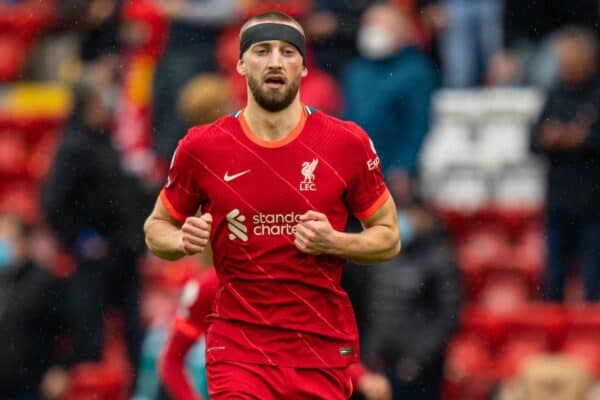
Nat Phillips may even fall into this bracket, and it can be argued that the centre-back’s stock will never be higher than this summer, following a surprise breakthrough campaign in Klopp’s defence.
With Virgil van Dijk, Joe Gomez and Joel Matip all due to return to full fitness ahead of next season, and Konate already having been brought on board, Phillips runs the risk of dropping back down to fifth choice.
The 24-year-old has already conceded that “it would depend on if they saw a role for me at Liverpool and then what role that would be,” and that he would “have to decide what is best for myself off the back of that.”
“I have loved every minute of it and would love to carry on playing for the club,” Phillips continued.
“But I’ve also got to take into consideration what is best for my career, and that will depend on what role Liverpool see they do or don’t have for me and I’ll have to go from there.”
That would imply that, having been given a taste of regular first-team football in the Premier League, Phillips is not keen to give it up that easily, which may require a move elsewhere.
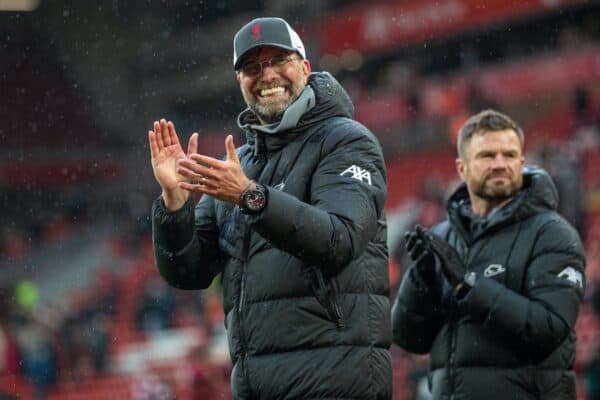
It could even be said that Phillips’ value is higher than Grujic and Wilson’s was last summer, and if the interest is there, the best course of action may be to sell in order to generate funds.
Given the fine balancing act a self-sustaining club like Liverpool must perform, a more decisive approach could be needed to ensure Klopp’s squad is strengthened to renew the assault on the Premier League and Champions League.
Turning down nine-figure deals for the likes of Grujic and Wilson last summer was not fatal – and in fact, without injuries the Reds could have convincingly challenged again.
But after a campaign played out to largely empty stadia, it surely cannot be repeated.
[ad_2]
Source link

